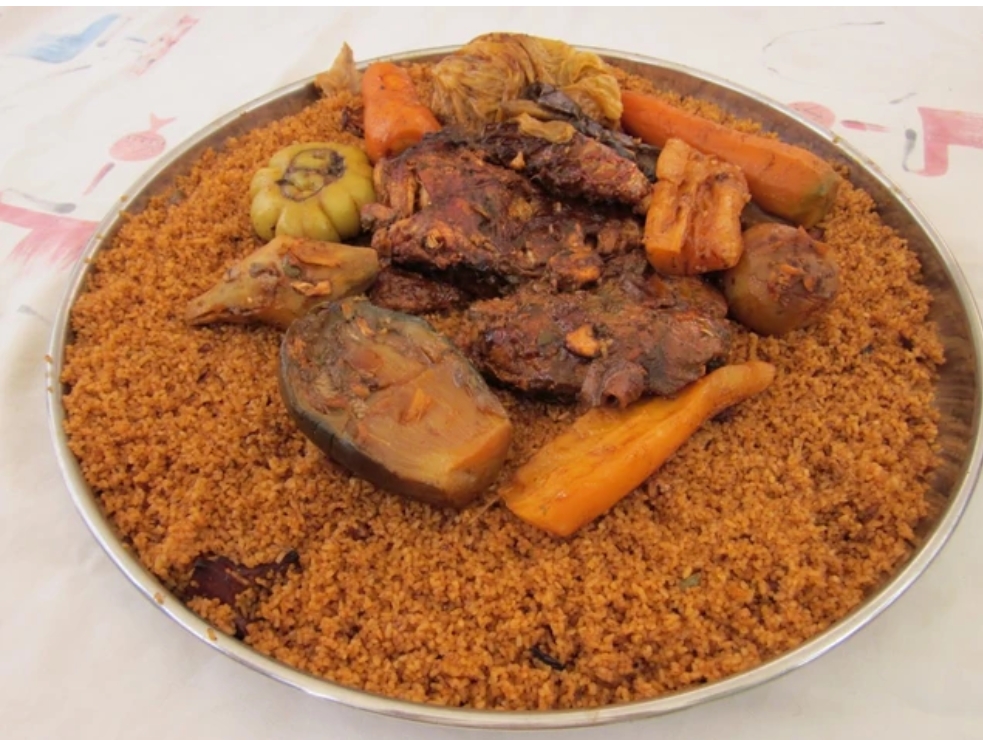UNESCO names Senegal as the true home of Jollof Rice over Ghana and Nigeria

UNESCO has officially recognised Senegal as the origin of Jollof rice, also known as Ceebu jën in Senegal, settling a long-standing debate between West African nations Ghana, Nigeria and Senegal.
The dish, which is a staple in West African cuisine, is made of rice and fish, accompanied by vegetables and sometimes tomatoes.According to research by The Conversation Africa, the origins of Jollof rice can be traced back to the entrenchment of colonial rule in West Africa between 1860 and 1940. During this period, French colonizers replaced food crops with broken rice imported from Indochina. Over time, broken rice became more prized by the Senegalese than whole rice grain and the dish known as Ceebu jën was born.Business Insider AfricaMarketsLeadersCareersLifestyleAfrica CollectiveBusiness Insider AfricaADVERTISEMENTLocal LifestyleUNESCO names Senegal as the true home of Jollof Rice over Ghana and NigeriaVICTOR OLUWOLE January 20, 2023 9:54 AM Jollof rice is usually served with chickenJollof rice is usually served with chickenUNESCO has officially recognised Senegal as the origin of Jollof rice, settling a long-standing debate between West African nations Ghana, Nigeria and Senegal.Research shows that Jollof rice originated during the entrenchment of colonial rule in West Africa between 1860 and 1940 when French colonizers replaced existing food crops with broken rice imported from Indochina.UNESCO has officially recognised Senegal as the origin of Jollof rice, also known as Ceebu jën in Senegal, settling a long-standing debate between West African nations Ghana, Nigeria and Senegal. The dish, which is a staple in West African cuisine, is made of rice and fish, accompanied by vegetables and sometimes tomatoes.ADVERTISEMENTRECOMMENDED ARTICLESInflation RateLifestyle Here are the African countries with improved inflation rates in the new yearLibya has Africa’s largest oil reserves, estimated at 48 billion barrels, but production and exports have slumped dramatically through years of crisisLifestyle Top 5 oil producing countries in Africa for December 2022Philip-Austin-BrooksLifestyle From pro-athlete to top entrepreneur: The journey of Philip Austin BrooksAccording to research by The Conversation Africa, the origins of Jollof rice can be traced back to the entrenchment of colonial rule in West Africa between 1860 and 1940. During this period, French colonizers replaced food crops with broken rice imported from Indochina. Over time, broken rice became more prized by the Senegalese than whole rice grain and the dish known as Ceebu jën was born.Jollof rice (called Ceebu jën in Senegal according to the Wolof spelling)Jollof rice (called Ceebu jën in Senegal according to the Wolof spelling)The dish has become a source of pride and cultural identity for the Senegalese and has been recognised as an intangible heritage of humanity by UNESCO. This certification is expected to positively impact the economy, particularly in tourism, agriculture, fishing and catering.In addition to its cultural significance, Jollof rice is also closely linked to a particular way of life and the consumption of the dish is strongly linked to ceremonial events and the aesthetics of presentation and service. The women of Saint Louis, a port city in northern Senegal, are known for their remarkable know-how in this area and have been credited with adding finesse and elegance to the dish.The Senegalese version of Jollof rice, Ceebu jën, is now officially recognised by UNESCO as an intangible heritage of humanity, putting an end to the ongoing debate over its origins and solidifying Senegal’s claim as the true home of Jollof rice.









0 Comments